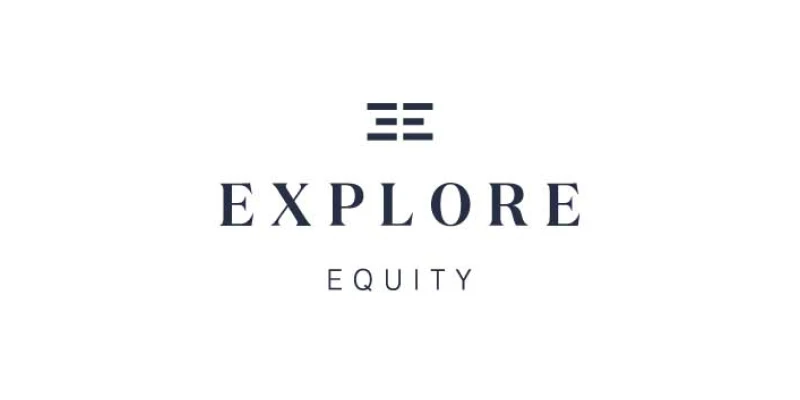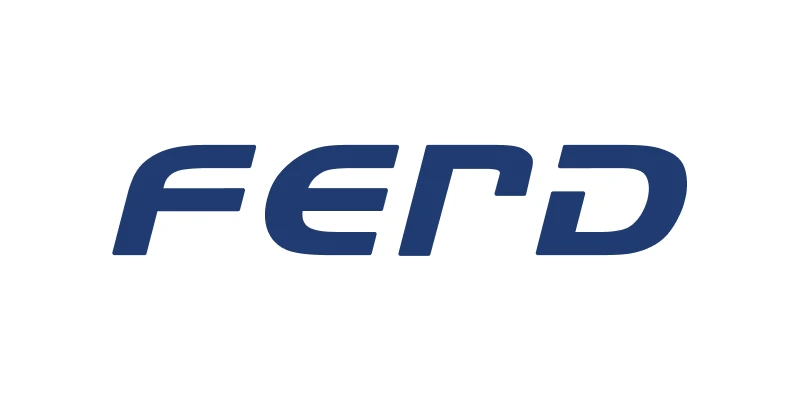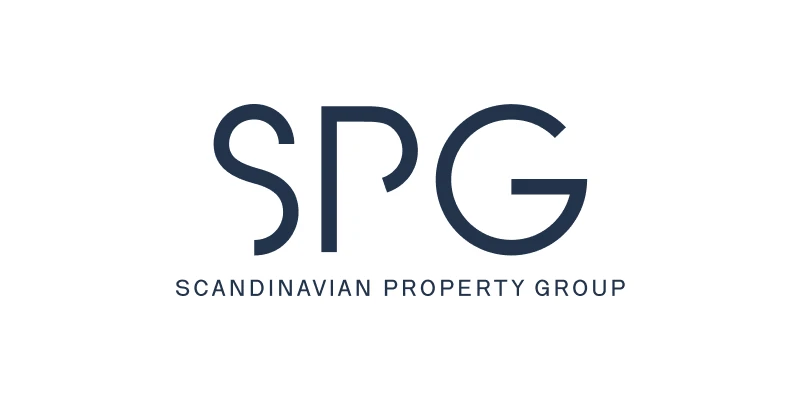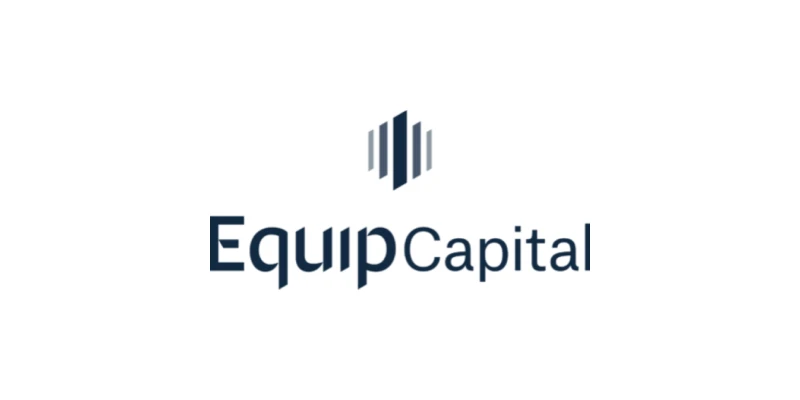General Assembly
Complete general meetings
in minutes
dCompany automates convening, authorizations, registration of attendance, voting, protocol and signing.

Choose the form and scope as required
If you have a simple structure where it is only a question of signing the necessary documentation, you can do this easily within minutes
If, on the other hand, you have real meetings, you can follow all the steps in the process of calling for and conducting the general meeting at the pace you want
dCompany supports all forms of general meetings:
- Ordinary / extraordinary
- Simplified / general
- Physical / electronic / hybrid


All companies must hold a general meeting at least once a year.
For companies with many shareholders, there can be significant work in managing the sending out of notices, the issuing of templates for issuing powers of attorney and the registration of received powers of attorney. For the shareholders, it also appears old-fashioned to have to issue powers of attorney that must be printed, signed and returned as a pdf per e-mail.
Speed AND quality? Yes please, both
Decisions that are subject to reporting can be sent to the Brønnøysund registers immediately after the protocol has been signed.

Questions and answers
A number of changes have been made to the rules on general meetings in recent years to facilitate electronic general meetings and electronic participation in physical general meetings.
Below are key questions and answers regarding the conduct of general meetings with a focus on the rule changes for limited liability companies that do not have special regulations in the articles of association:
Can the general meeting be held as an electronic meeting?
Yes, the general meeting can always be held as an electronic meeting. No shareholder can demand to meet physically. It is the board that decides on the form of the meeting. A fully electronic general meeting is therefore a simple solution for both the company and the shareholders. Note that even though an electronic meeting is permitted, this does not mean full flexibility for any form of electronic implementation. Even if the form of the general meeting is technology-neutral, it is still required that the general meeting is conducted at a “meeting”, i.e. typically simultaneous participation and the opportunity for immediate dialog. With dCompany’s general meeting execution module, you can easily manage the preparation and execution of an electronic general meeting and ensure that the meeting format complies with the requirements.
Can the general meeting be held as a physical meeting?
Yes, but a shareholder can demand to participate electronically, which means that in practice the company must always be prepared for an electronic general meeting (either fully electronic or hybrid in combination with physical). The board of directors can only refuse such participation when there are compelling reasons, which it is difficult to see can be justified when good technical systems have now been developed for implementation unless there are very special circumstances. With dCompany’s module for conducting general meetings, you can easily manage the preparation and implementation of a physical, electronic or hybrid general meeting.
What are the requirements for electronic conduct of the general meeting or electronic participation?
There is a new specific requirement that the board of directors shall ensure “proper implementation” of the general meeting. There is also a requirement for the board to “ensure that systems are in place to ensure that the statutory requirements for general meetings are met”. The systems must ensure that “participation and voting can be controlled in a satisfactory manner”. Furthermore, a “satisfactory method of authenticating the sender” must be used. In companies with some size of shareholder group, authentication of both participation and voting can quickly become complicated and it is difficult to see how these requirements can then be met without using a technical solution for verification of participants and voting. dCompany’s solution ensures that the board of directors complies with the due diligence and authentication requirements by providing each shareholder with a unique link for participation, which also ensures that voting can only take place with the shares the shareholder is registered with in the share register or has received a valid power of attorney for. dCompany’s solution enables the company representatives to focus on presenting the agenda and shareholder dialogue rather than the practical handling of participation and votes. The general meeting is an important arena where company representatives meet the shareholders and dCompany’s solution will help to ensure that this takes place in a professional and orderly manner. In our experience, a messy execution of the general meeting can also spill over into the experience of the material content.
Are there any changes to the requirements for the notice as a result of the introduction of a technology-neutral meeting concept?
Yes, the notice shall state the form of the meeting. It must also state the procedure for participating and voting electronically. dCompany’s general meeting module ensures that the notice complies with the legal requirements for content, including these changes.
Is it possible to require registration in advance in order to attend the general meeting?
There is no opening for requiring advance registration in the Companies Act. With the use of dCompany’s general meeting portal, it will not be necessary to require advance registration. You will have full control over the conduct of the meeting, even if a large number of shareholders log on immediately prior to the start of the meeting. Shareholders’ access to register participation immediately prior to the meeting reinforces the need for a technical solution for handling participation and votes. An otherwise well-prepared shareholder meeting can quickly appear chaotic if an unexpected number of shareholders participate. Similarly, late allocation of proxies and unclear documentation can create chaotic conditions immediately prior to the start of the general meeting. With dCompany’s solution, shareholders will be able to submit electronic proxies directly in the general meeting portal, which are immediately registered correctly in the list of attending shareholders, which can significantly reduce the stress at the start of the meeting.
Do the new rules that the shareholder register 5 working days before the general meeting determines who can vote also apply to limited companies?
No, for limited companies that are not registered with the Norwegian Central Securities Depository (VPS), the person who is entered in the shareholder register at the time of the general meeting or, alternatively, has reported and proved an acquisition will still be able to vote. If the company’s shareholder register in dCompany is updated, the correct figures will be available directly in dCompany’s general meeting portal, both for shareholders’ own participation and when granting a proxy.
Is it a requirement that a proxy form be enclosed with the notice?
No, this requirement only applies to listed companies. However, it is good practice and shareholder-friendly to enable shareholders to submit a power of attorney to a company representative or their own proxy. dCompany’s general meeting portal facilitates simple electronic allocation of power of attorney with verification of the proxy giver against the shareholder register. Such a proxy can be granted throughout the period from the time the notice is sent out until the general meeting starts, either to your own chosen proxy or to a proxy offered by the company, such as the chairman of the board or general manager. Easy access to electronic proxies for shareholders through dCompany’s general meeting portal reduces the use of individual proxies and thus also the need for individual assessment of disparate documentation in advance of the meeting. The meeting opener can rely on the electronic signature check and focus on the numbers presented in the system and meeting preparation.
Will the new rules on access to the shareholder register affect the conduct of the general meeting?
Limited companies should be prepared for requests for access to the shareholder register in advance of the general meeting. New rules apply with a deadline of three working days from receipt of the request to provide access. Access requests can be handled easily with dCompany’s shareholder book.
What is the deadline for convening a general meeting?
For limited liability companies that are not registered in VPS, a notice period of one week applies. This means that the notice can be sent on the same day of the week as the general meeting is held, regardless of whether there are public holidays in the period. With digital distribution through dCompany’s general meeting portal, there is no need to adhere to the deadline for postal delivery on the day in question, but use the time until midnight – and for the recipient, the notice with associated functionality is immediately available. If a shorter notice period is required, the consent of all shareholders is required unless the general meeting is held in accordance with the simplified rules and no one objects to this.
How are shareholders’ right to speak handled when the general meeting is held electronically?
Shareholders have the right to speak regardless of the type of meeting. When using dCompany’s general meeting portal, shareholders will be participants in a Teams meeting or Google meeting or other digital meeting in parallel with using dCompany’s general meeting portal. They will thus be able to speak into the meeting in line with other participants in the same way as in a physical general meeting. The right to speak is not limited to written communication as is the case for some solutions.
Does the shareholder have the right to meet with an advisor at an electronic general meeting?
Yes, this right is retained. dCompany’s general meeting portal enables the shareholder to easily share the meeting link with their own advisor, who thus gains access to the meeting, including the right to speak, in the same way as the shareholder.
What is the importance of the shareholder register and how should it be prepared?
The Norwegian Companies Act stipulates that before the first vote, the person opening the meeting must draw up a list of shareholders attending the general meeting, either in person or by proxy. The list shall state how many shares and votes each of them represents and shall be attached to the minutes. The chairman of the meeting must draw up the list before the first item of business. This is thus a key document that will help to document that the general meeting has been conducted correctly. When using dCompany’s general meeting portal, the record will guide voting throughout the meeting and be available in a suitable format as an attachment to the minutes immediately after the meeting.
How should the overview of the voting results be prepared and documented?
The Norwegian Companies Act requires that the outcome of votes must be included in or attached to the minutes. In the same way as the shareholder register, the minutes are therefore a key document that helps to document that the general meeting has been conducted correctly. When using dCompany’s general meeting portal, the votes will be entered automatically under each item. If uncertainty arises about the basis for the votes after the general meeting, additional underlying documentation on the basis for the votes will be available through dCompany’s general meeting portal.
How should votes be counted when there are blank votes or votes that have not been cast?
When calculating the majority requirement, normally 50% or 2/3 of the votes, it is somewhat unclear in the law how the votes should be counted, but there is a consistent practice of only counting “for” and “against” votes. 49 votes “for” and 48 votes “against” will thus ensure a majority of 50% even if there are 3 blank votes. The alternative would be that blank votes / votes not cast are treated in the same way as votes against, which makes little sense. There are somewhat more complicated rules for companies with shares with different voting weights and for elections. dCompany’s general meeting portal ensures correct vote counting even for even votes. The results are immediately clear and available to everyone without the need for pauses for counting or manual checking against the shareholder register.
Is it possible to vote in advance of the general meeting?
Advance voting is only permitted if this is stipulated in the articles of association. For such voting, a satisfactory method of authenticating the sender must be used, corresponding to the requirement that applies to the authentication of shareholders who vote at the general meeting.
What matters can be brought up for discussion at the general meeting?
The Board of Directors determines the agenda for the general meeting, however, there are certain statutory matters that must be dealt with at the annual general meeting. Shareholders may also request that items be included on the agenda if they are notified in writing to the Board of Directors no later than seven days before the deadline for convening the meeting, together with a proposed resolution or justification. During the general meeting, matters outside the agenda may not be decided except for investigations or where the articles of association prescribe treatment. It is therefore important to draw the boundaries for what is inside and outside the agenda, which in principle is the responsibility of the chair of the meeting. The starting point for the interpretation is the notice. In the interpretation, it is important that the purpose of the rule is to give shareholders sufficient notice of the matters to be considered at the general meeting, so that shareholders have an opportunity to prepare. In principle, it is the chairman of the meeting who must decide whether a proposed amendment to the proposal in the notice is within the same matter, but the chairman’s position can be overruled by the majority of the general meeting.
Can shareholders submit alternative proposals for resolutions under items on the agenda?
Shareholders may submit alternative proposals for items on the agenda. However, there are some limitations to this principle, for example because proposals for amendments to the articles of association must be included in the notice of meeting. The same applies to proposals for capital changes etc, including authorizations. Furthermore, the general meeting cannot decide on a higher dividend than the board has proposed or accepted. By using dCompany’s general meeting portal, pre-scheduled individual votes can be adjusted for alternative proposals during the meeting.
Who decides the form of alternative votes?
The chairman of the meeting determines the voting method and the conduct of the vote. The decision can be overruled by the majority of the general meeting. If necessary, it will be possible to set up additional votes during the general meeting in dCompany’s general meeting portal.
What is the difference between “meeting opener” and “meeting chair”?
These are two roles that are defined in the Companies Act and have key tasks that can ultimately affect the outcome of the general meeting. The meeting opener is the provisional chairman of the meeting from the start of the general meeting and is responsible for drawing up the list of shareholders attending the general meeting, either in person or by proxy, before the first vote. The list shall state the number of shares and votes represented by each shareholder and shall be attached to the minutes. The list shall be used until it is amended by the general meeting, and in the event of such a vote, the list provided by the person opening the meeting is decisive for who can participate in the vote. In the event of disagreement about who is entitled to participate in the general meeting, the chair of the meeting’s assessment of this question may thus be decisive for the outcome of votes on material matters on the agenda. The chairman of the board or another person appointed by the board opens the meeting, but may in special situations be required to be appointed by the district court. The chairman of the meeting is elected by the general meeting and takes over the management of the general meeting as soon as he or she is elected.
Key features

Ordinary and extraordinary general meetings
dCompany supports both simplified general meetings and general meetings according to general rules

Digital call
Send a notice to the general meeting directly from the platform

Automatic protocol
Send the completed minutes from the general meeting for signature

Automatic calculation of attendance rate
Automatic calculation based on the number of shares, share of capital and in percentage

Norwegian and English
Norwegian, English or bilingual table format

Digital powers of attorney
Send out and issue powers of attorney. Automatic registration of representatives for shareholders

Registration of incompetent persons
Register disabled persons, either for the entire meeting or per case

Registration of attendance
Fast and efficient registration of attendance by ticking

Voice module
Easily record who voted what

Flexible, digital signing
Send the general meeting minutes for signature with Norwegian or Swedish BankID, e-mail or hand signature

Integrated with the Brønnøysund registers
Decisions that are subject to reporting can be sent to the Brønnøysund registers immediately after the protocol has been signed

Automatic archiving
Integration with the archive so that documents are saved automatically
Some of our customers












